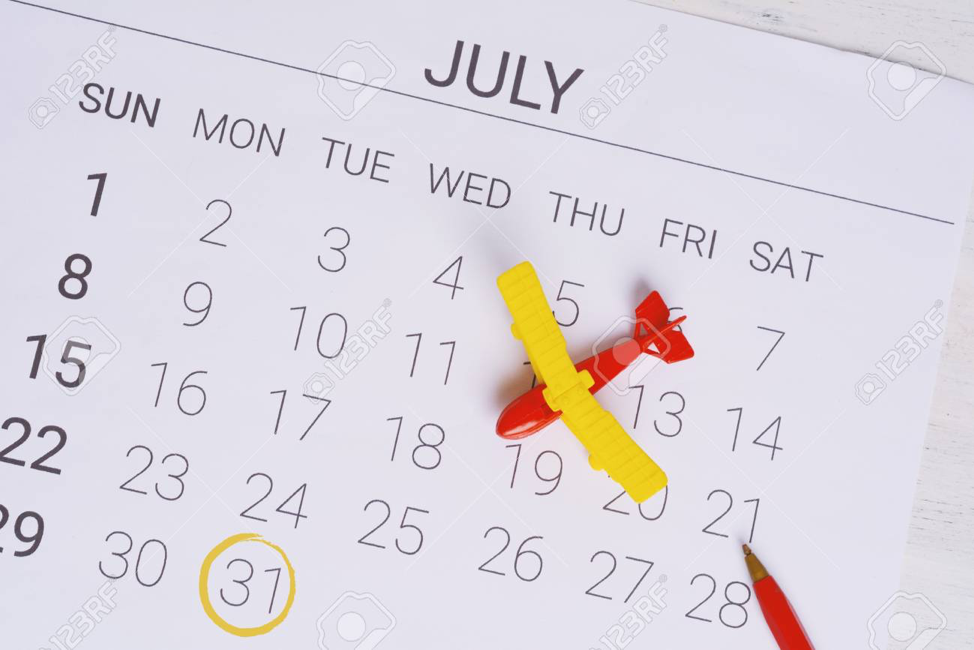Why shoulder season can be the best time to travel.

One of my most memorable trips was one to Venice in early October, when just about everyone says not to go due to chilly weather and a dearth of events.
As it turned out, it wasn’t cold enough to bother me, thanks to my wool coat and boots. As for the lack of things going on—no Carnivale! No Film Fest! No Biennale!—it didn’t matter. Husband and I enjoyed uncrowded shops whose keepers had time to chat and readily-available tables in cafés, trattorias, and restaurants that had been jammed a month ago.
The best part was the nearly empty streets. I’ll never forget strolling through a deserted Piazza San Marco near midnight, imagining what it must have looked like centuries ago. Plus, I saved a lot on airfare and accommodations. We stayed in one of the best hotels, something we wouldn’t have done during high season.
Venice is but one example. I’ve enjoyed similar savings and lack of fellow travelers on many other shoulder season trips.
What exactly is “shoulder season”? It’s the period between a destination’s peak (or high) and off-peak (or low) tourist seasons. As the peak time to visit any destination varies—depending on factors like weather, temperature, cultural events, school holidays, etc.—shoulder season is unique for each destination.
For example, early October through early December is New York’s shoulder season. Tourists flock to New York for summer and September attractions, then tend to not return until Thanksgiving or December holidays, making the time in between shoulder season. In contrast, October through early December are peak tourist season in Hawaii and Mumbai.
It’s worth Googling “When is [destination]’s peak season?” to find out when the peak season begins and ends and then aiming to visit just before or just after it. If you do, savings, fewer crowds, and generally equally (or even nicer) weather await, like in Tokyo, where September weather is more pleasant than the heat and humidity of the summer peak season.
The savings really can be great. While many travelers aim for Paris, Rome, Barcelona, or other capitols in July and August, data shows economy flights in the shoulder season of September are on average 35% cheaper.
This same is true for accommodations. Nightly rates for hotels and Airbnbs drop when kids head back to school. (Note: If you take anything away from this post, I hope it’s if you can, travel when kids are in school.) Hotels can vary just as much as flights, with some top five star options plummeting by as much as 60%.
There’s nothing fun about long queues to see the world’s best sights. Getting there just before or just after the peak tourism periods means you will face less crowding anywhere you go. Restaurants are happier to see you, great guides aren’t fully booked, and fewer people will ruin your perfect vacation photo.
(Note: Why not travel during off-peak? You can, but shoulder season allows you to enjoy better weather and more of the environment that makes a destination special—many establishments close down during off-peak months.)
How to plan a shoulder season trip? If you want to visit Chiang Mai, Thailand, for example, Google “best time to visit Chang Mai.” Read up on weather trends and look for other info on when most tourists visit, then plan your trip for just before or just after a peak season.
Twist’s Take: Cost savings, lack of crowds, and still decent weather can make shoulder season the best time to travel.
